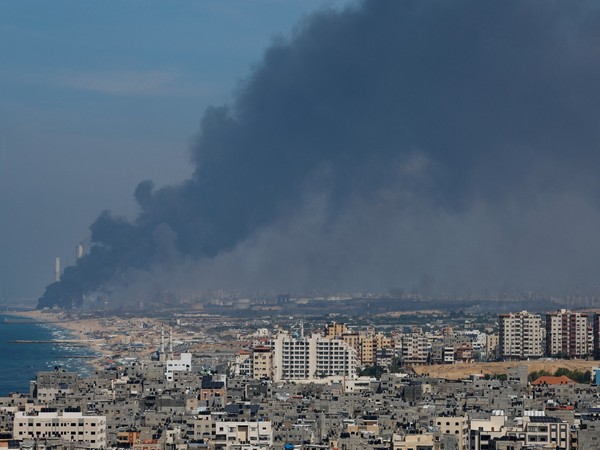The Israel-Hamas conflict has witnessed eight weeks of intense warfare, marked by a series of significant events that have reverberated across the Middle East and captured global attention. This article aims to provide a chronological overview of the major events during this protracted period, shedding light on the complexities, humanitarian challenges, and geopolitical dynamics that have defined this conflict.
October 7: Escalation Begins
Hamas initiates a surprise attack on southern Israel, crossing from Gaza and causing widespread destruction. The death toll rises rapidly, and Israeli airstrikes respond with a declaration of war.
October 13: Gaza City Evacuation Order
Israel issues evacuation orders to residents of Gaza City, the densely populated urban center in the Gaza Strip. The move sparks concerns about the safety of civilians with limited options for shelter.
October 17: Hospital Blast Controversy
An explosion at al-Ahli al-Arabi Baptist hospital in Gaza City results in numerous casualties, triggering controversy. Palestinians attribute the blast to an Israeli airstrike, while Israel claims it resulted from a misfired Palestinian rocket.
October 21: American Hostages Released
Hamas releases two American hostages, Judith Tai Raanan and her daughter Natalie, taken from Nahal Oz kibbutz in southern Israel. The release provides a temporary reprieve in the conflict.
October 27: Ground Offensive Initiated
Israel announces the expansion of its ground operations inside Gaza, signaling a significant escalation in the military campaign against Hamas.
October 31: Strikes on Jabalia Refugee Camp
Israeli airstrikes target the crowded Jabalia refugee camp in Gaza, leading to a high number of casualties. Israel claims it has killed a senior Hamas commander.
November 1: Evacuations Begin
Evacuations from Gaza start through the Rafah border crossing, primarily for foreign passport holders, dual nationals, and those in urgent need of medical treatment.
November 6: UN Secretary-General’s Plea
UN Secretary-General Antonio Guterres expresses deep concern, stating that Gaza is becoming a “graveyard for children.” Calls for a ceasefire intensify as the death toll surpasses 10,000.
November 21: Ceasefire Agreement
Israel and Hamas announce a four-day pause in fighting, accompanied by increased humanitarian aid to Gaza. The brief respite aims to address the urgent need for medical assistance and supplies.
December 1: Collapse of Truce
Efforts to extend the ceasefire collapse, leading to renewed Israeli airstrikes on Gaza. The death toll continues to climb, with a growing number of casualties and displaced civilians.
December 2: International Concerns
U.S. Vice President Kamala Harris expresses concern over the high number of civilian casualties in Gaza. The conflict persists, with no immediate resolution in sight.
Conclusion:
As the Israel-Hamas conflict unfolds over eight weeks, these major events underscore the multifaceted challenges faced by the people of Gaza and Israel. The humanitarian toll, geopolitical complexities, and the ongoing quest for a sustainable ceasefire highlight the urgent need for diplomatic efforts to bring an end to the violence and pave the way for a lasting resolution.
















